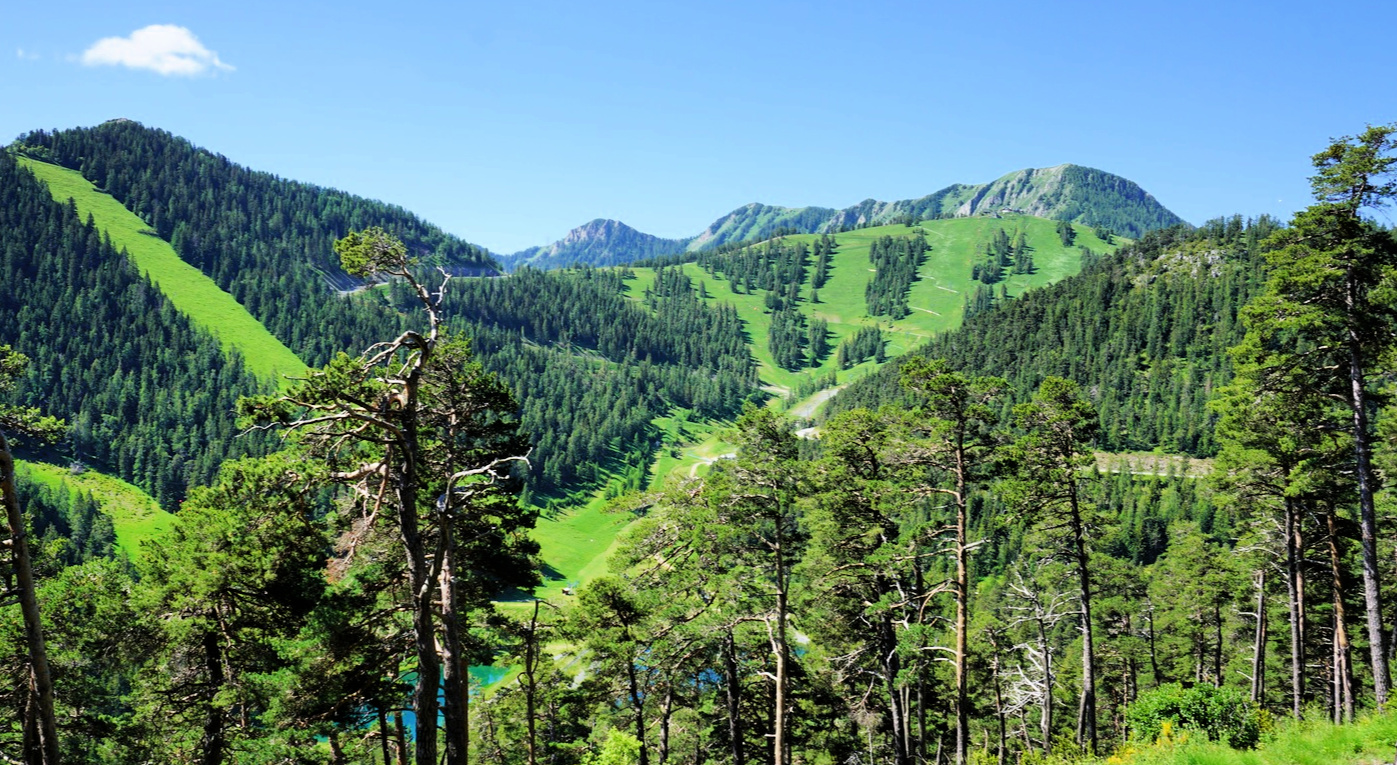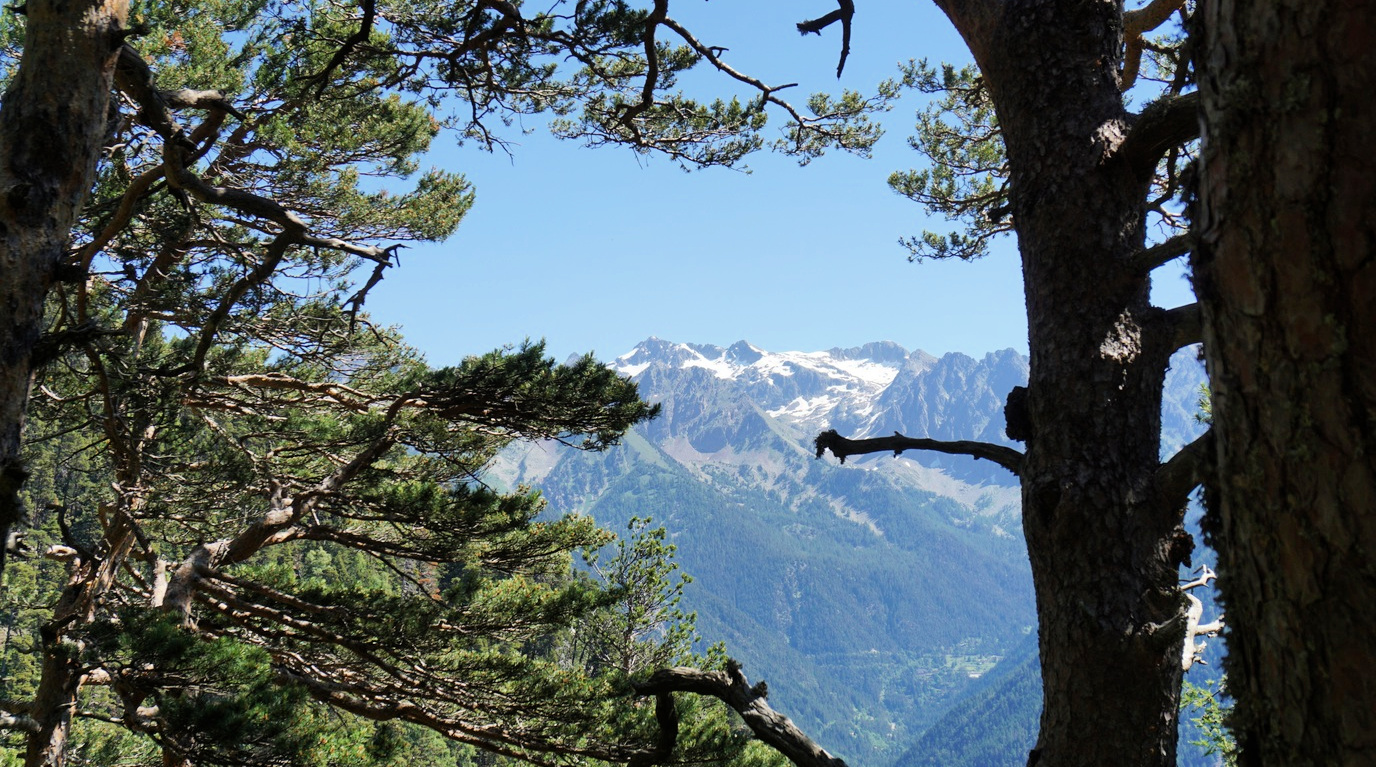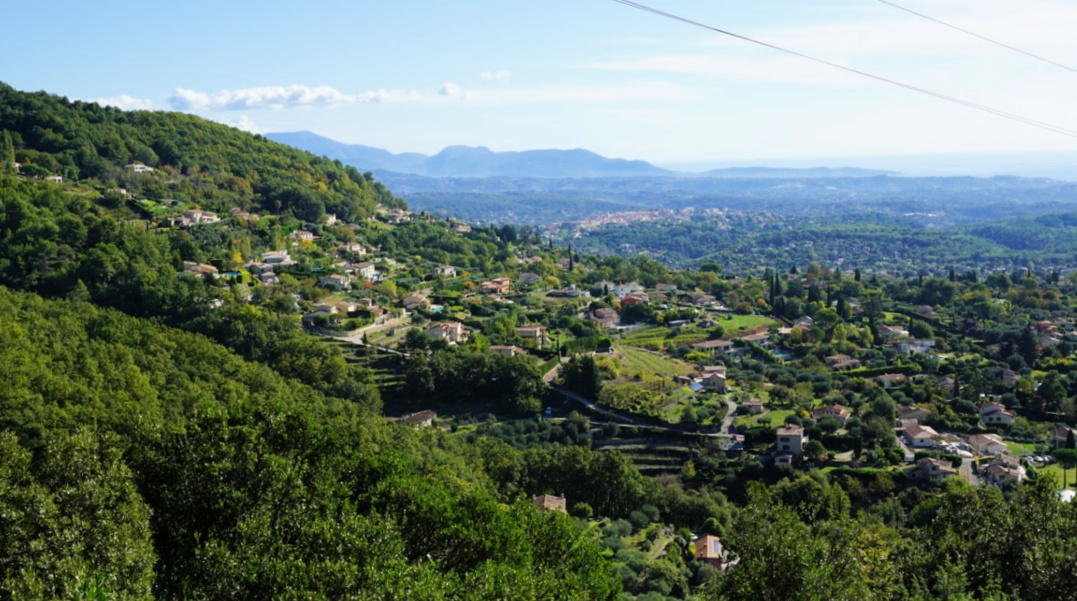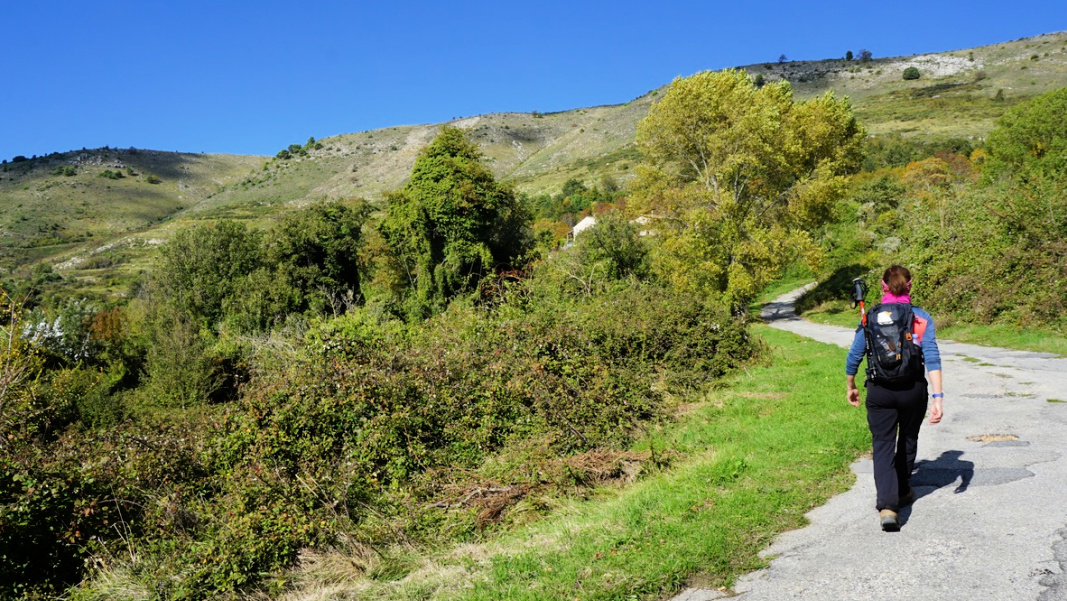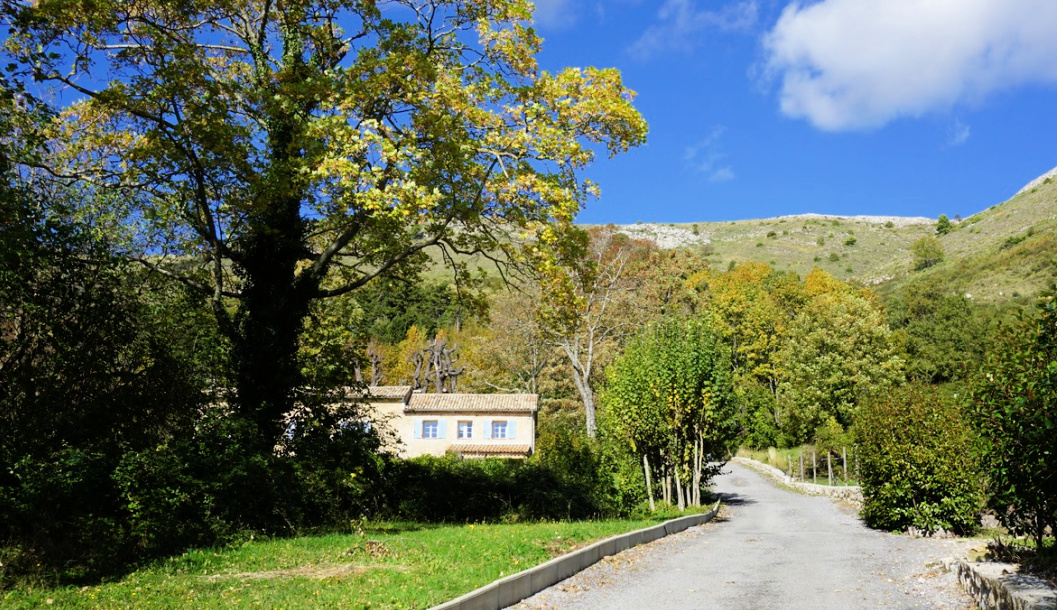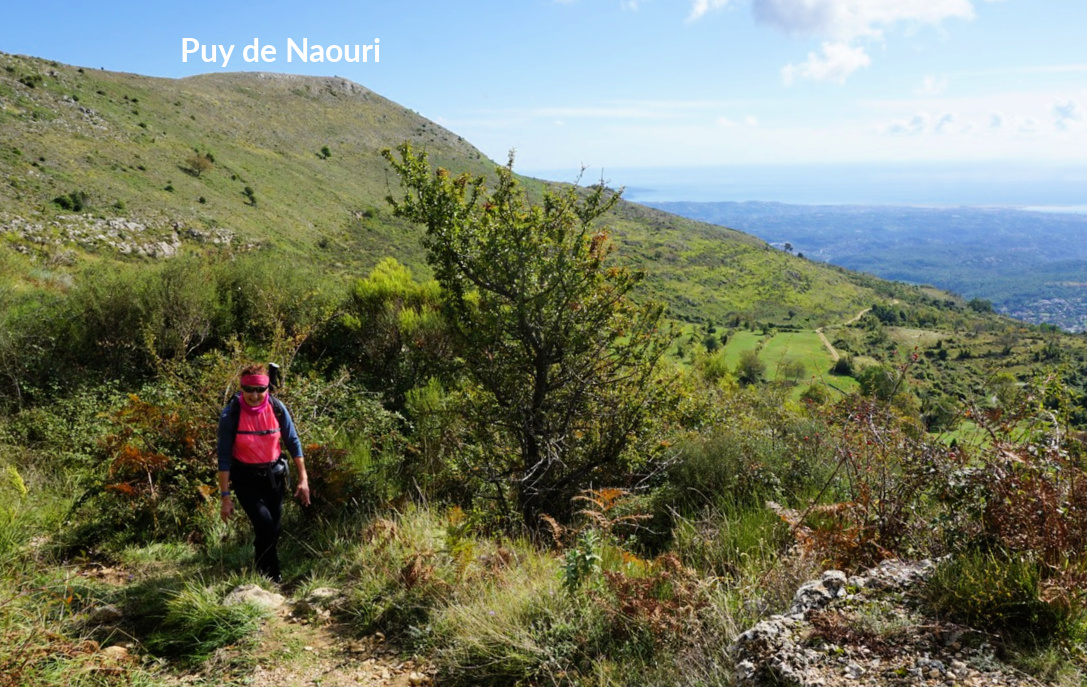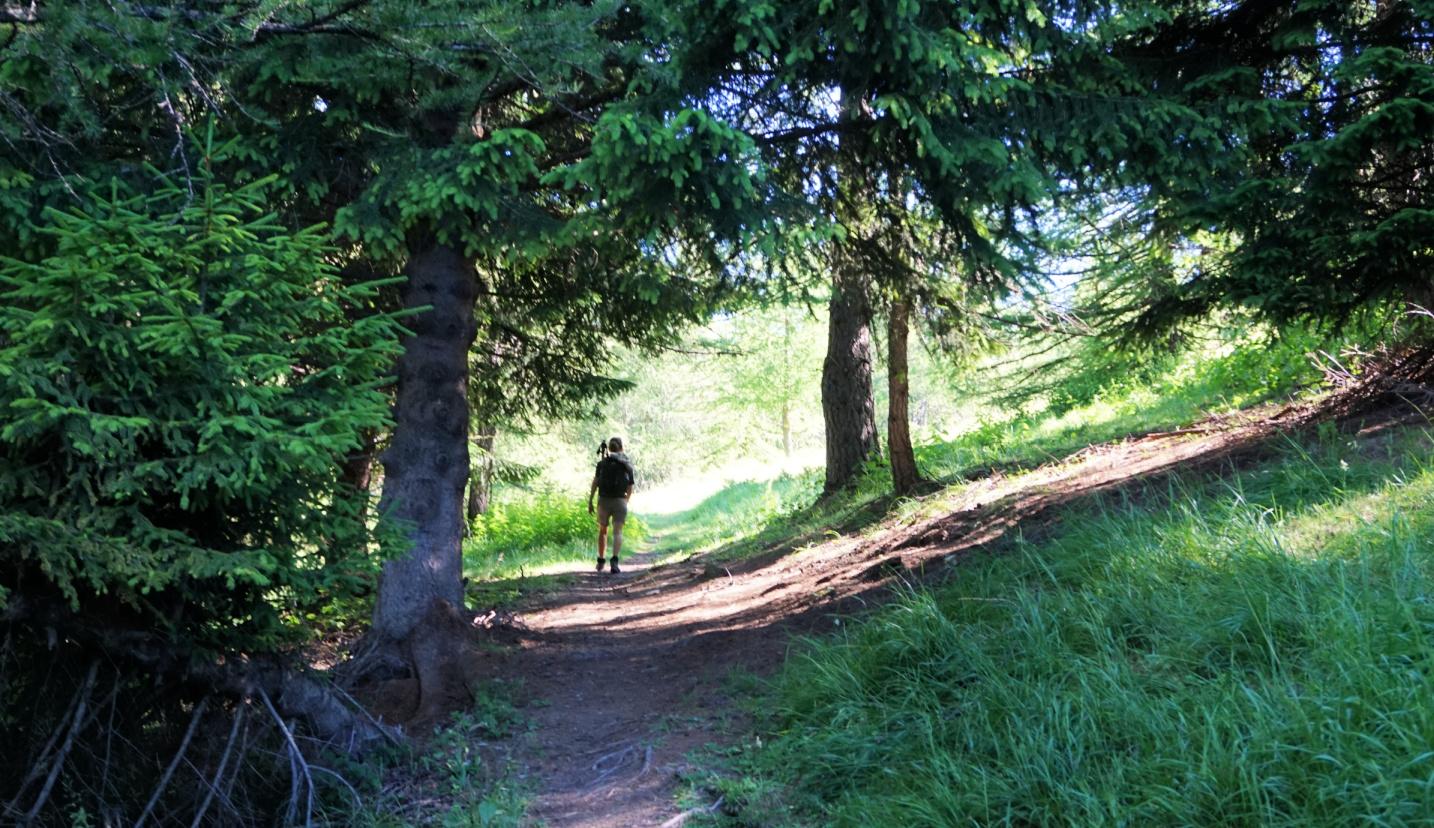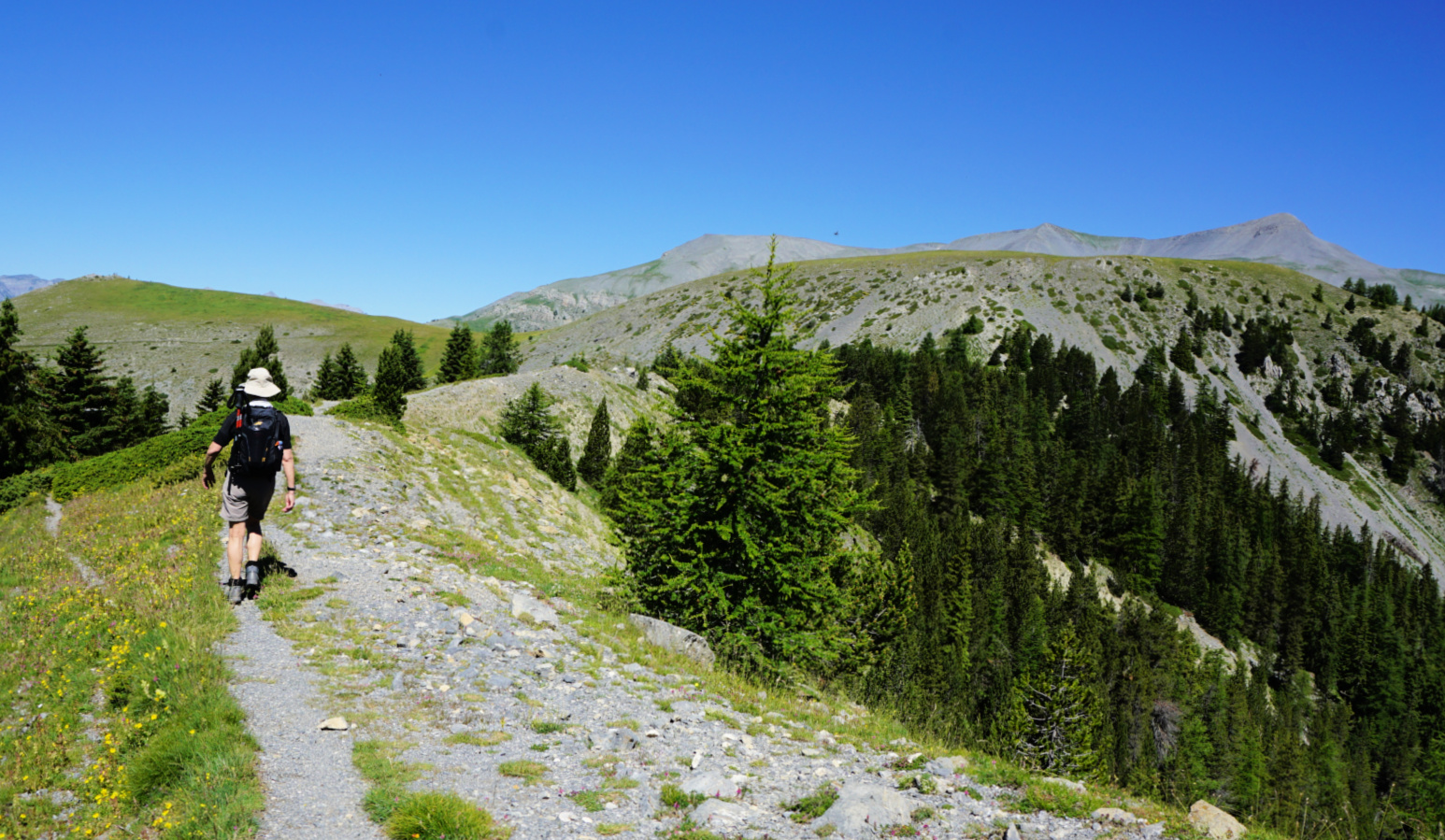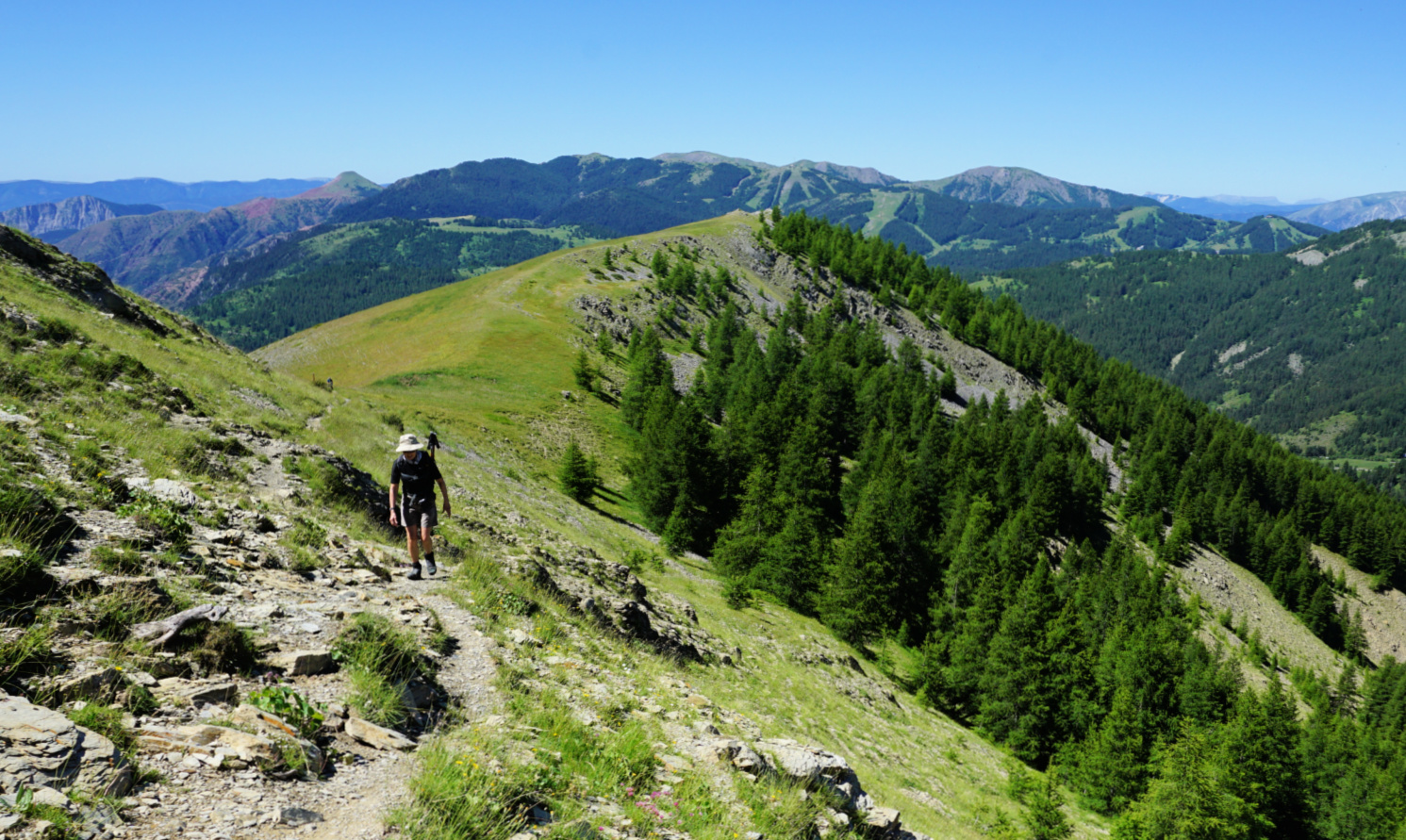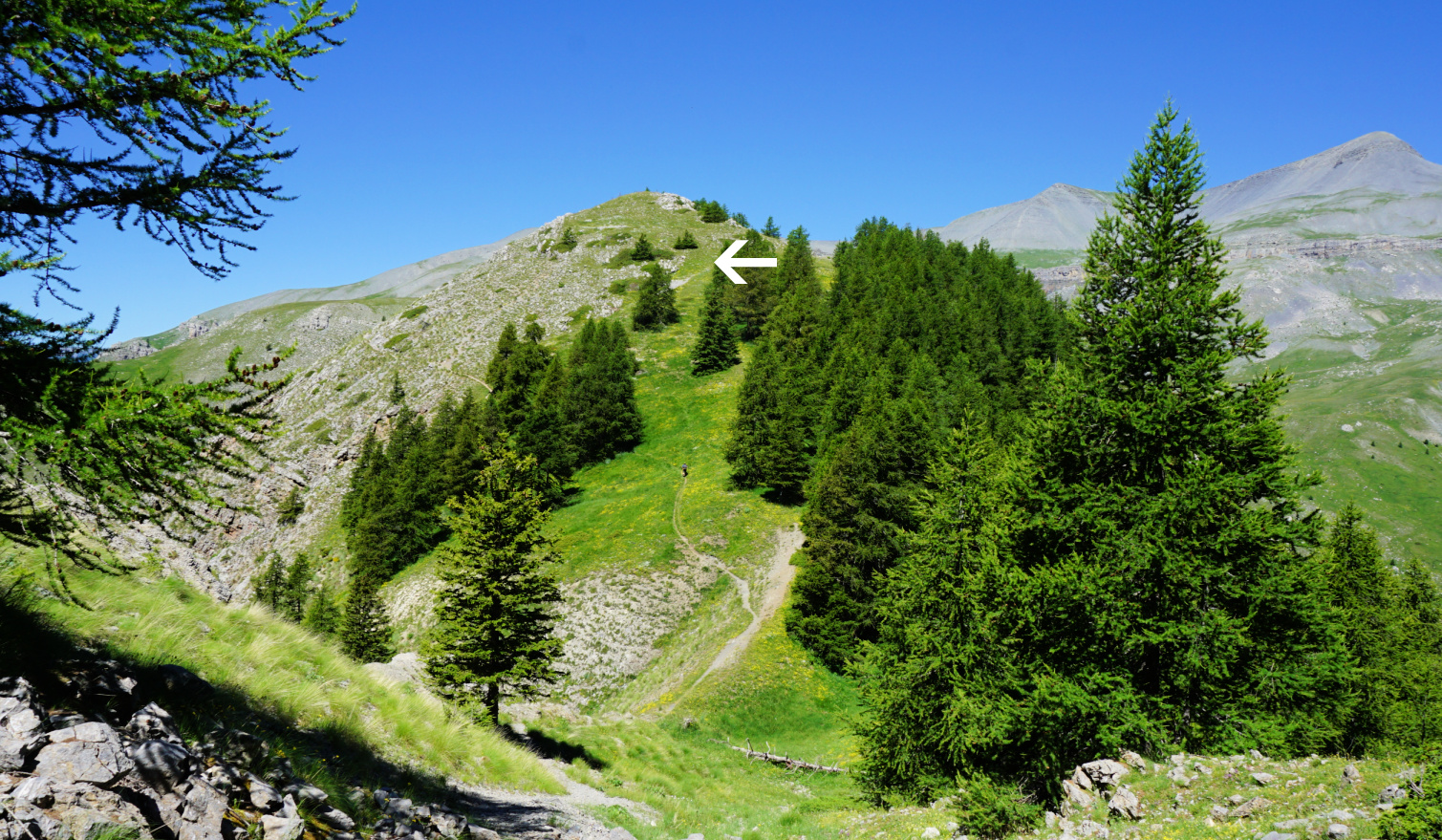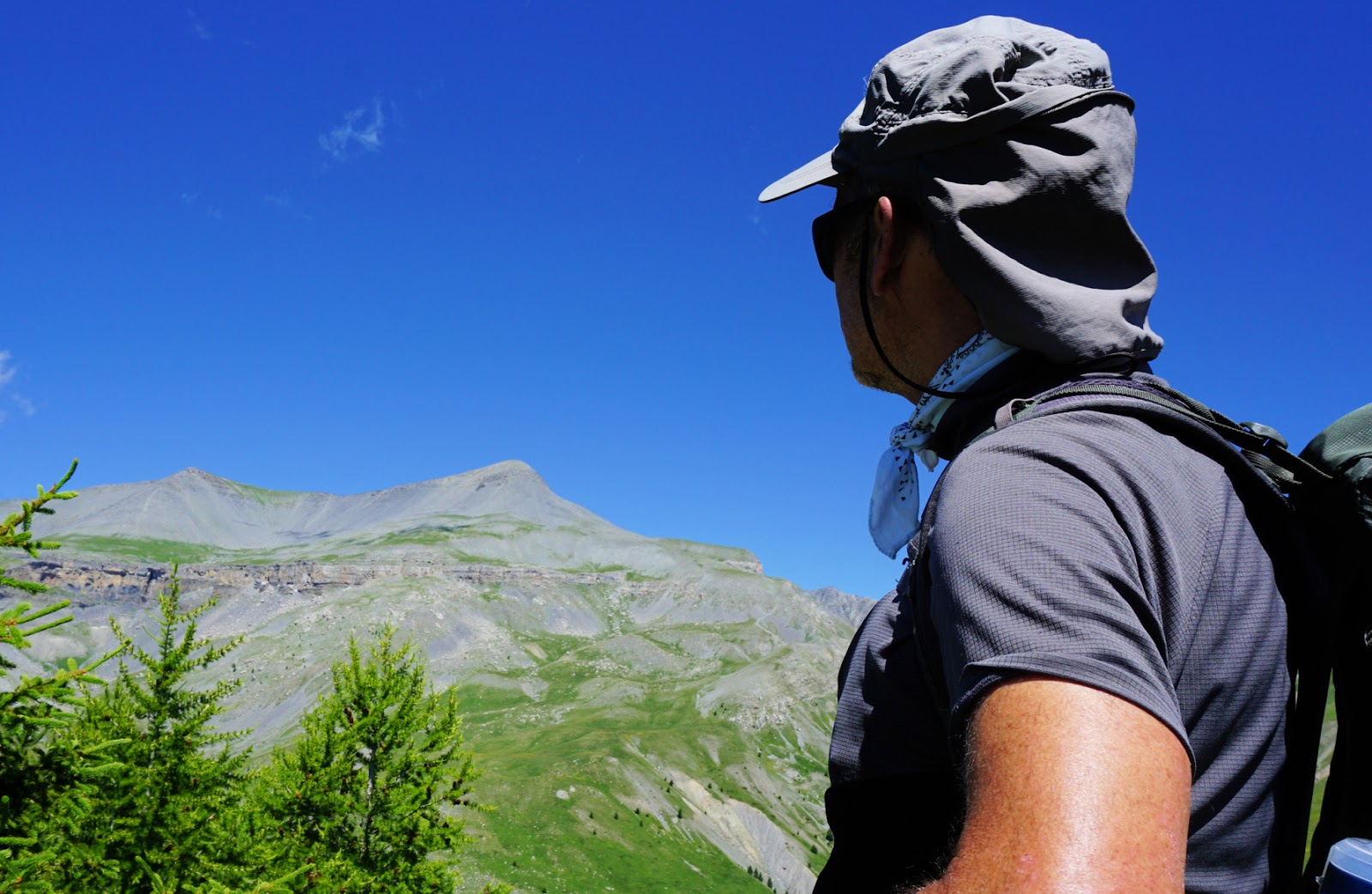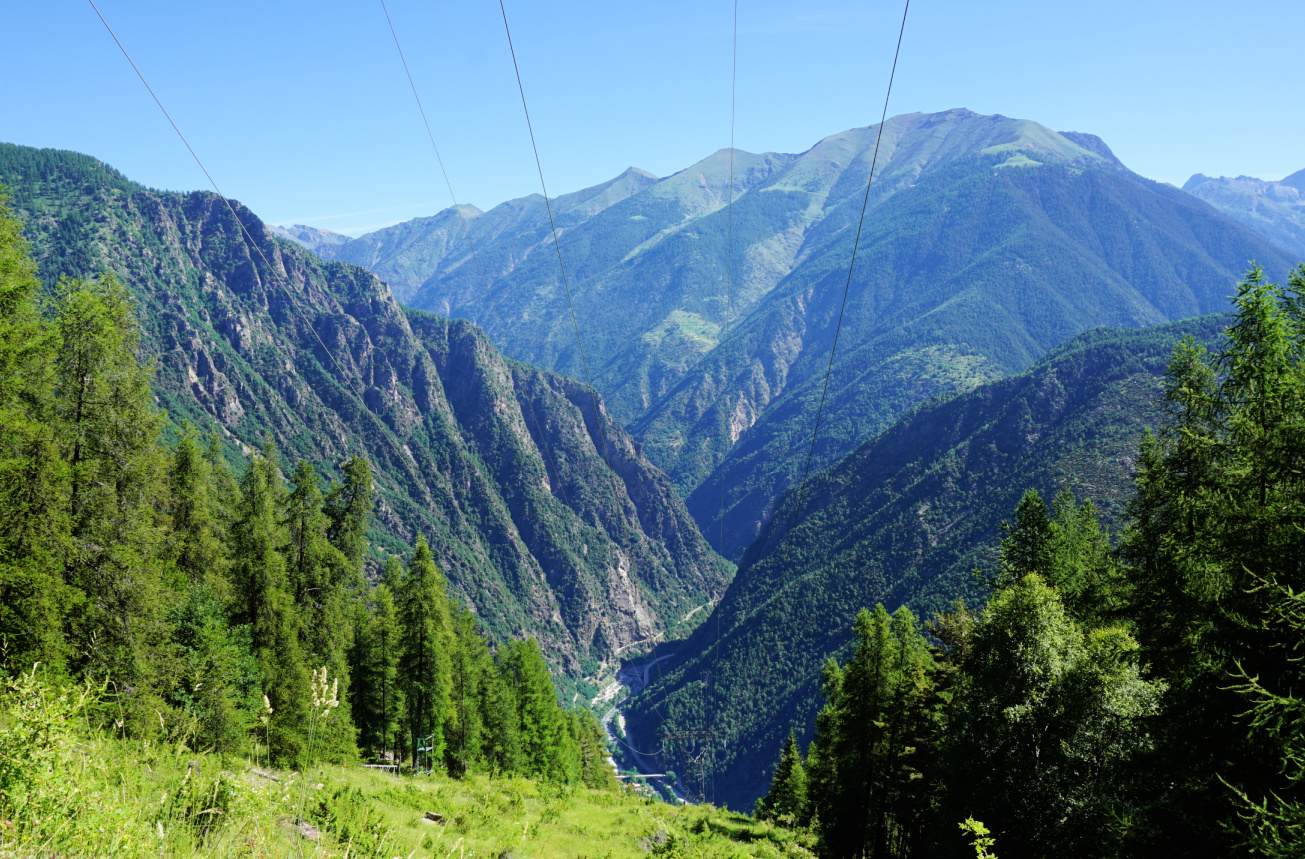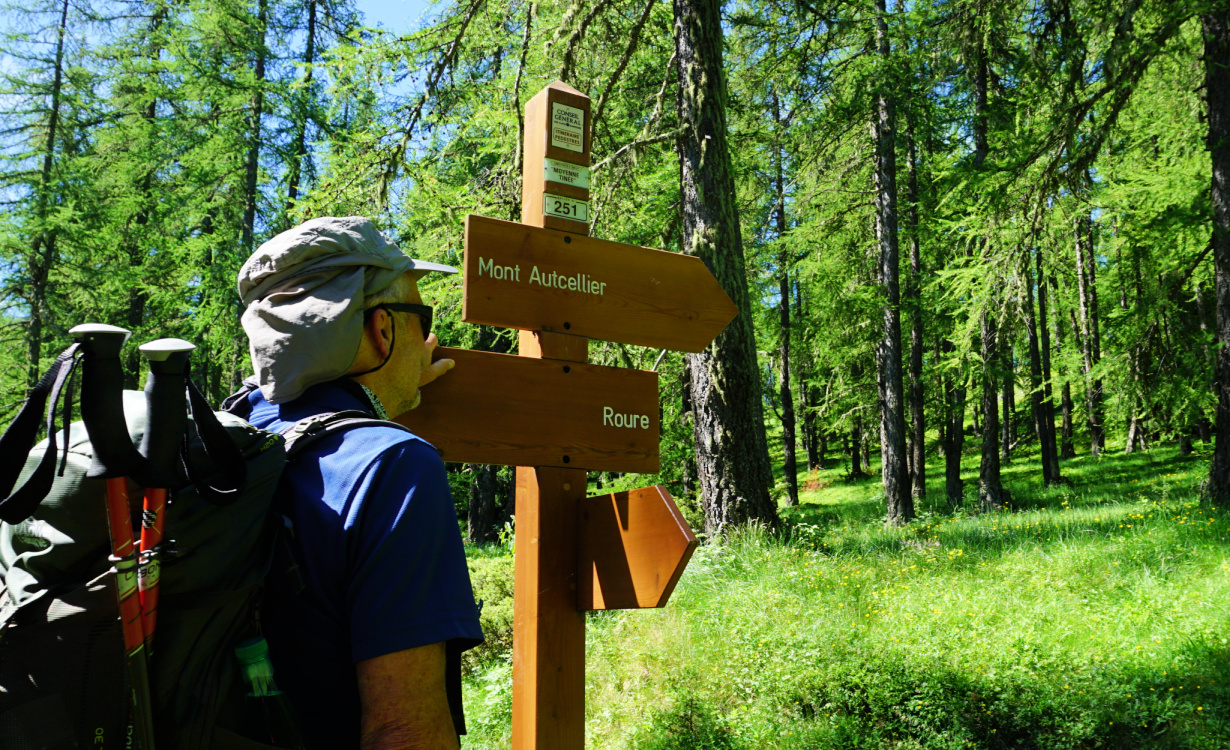La Colmiane: Hike to Baus de la Frema
 |
The small ski resort of la Colmiane (1500 m) is not dormant during the summer season. There are activities such as a zip line, toboggan track, rock climbing etc. For hikers, there are lots of options ranging from leisurely walks to strenuous high mountain adventures. Further advantages of the resort are an easy access, large parking area, and cafeterias in peak season.
The nearest summit north of the resort is Baus de la Frema (2246 m), above the rock-climbing area. The itinerary to the summit is easy enough.
We started from signpost #91 next to the parking. We then walked about 15 min. along the road to signpost #91a where we forked right and ascended along a wide path to #91b where we joined the forest road. At signpost#89, we forked right and started to ascend steeply along a rocky and potholed dirt track. We came to a crossroads with a cairn and yellow marks (barely visible) where we forked left to a nice soft path. The path ascended in a magnificent pine and fir tree forest. We re-entered the dirt track near the tree line and continued along it, with vast alpine meadows on both sides. The early summer greenery and views were impressive! Flowers such as rhododendrons, gentians and many others were in full blossom.
There were some shortcuts to Baus de la Frema but we used the marked trail to signpost#90 where we turned south and climbed to the summit. There was an orientation table showing most of the major peaks in the vicinity.
Descending back to la Colmiane, we took some shortcuts along the mountain’s eastern flank before joining our previous itinerary.
Climb: 740 m
Distance: 10 km
Duration: 4 h
Map: Vallée de la Vésubie 3741 OT
 |
| Baus de la Frema track |



